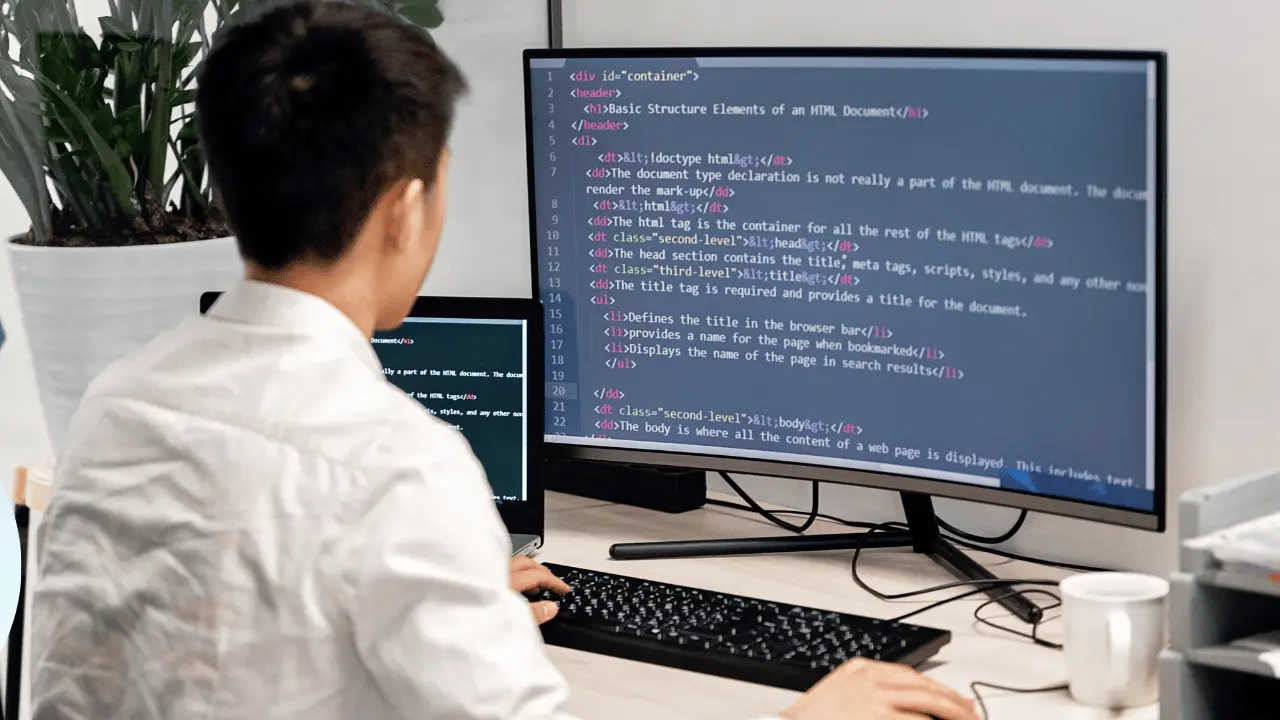
Introduction: Why Dressing for Success Matters
Let’s face it—when you look good, you feel good. But dressing for success isn’t just about making yourself look stylish; it’s about communicating confidence, professionalism, and readiness. Whether you’re stepping into a high-stakes meeting, going for a job interview, or simply aiming to elevate your daily life, your wardrobe plays a critical role in setting the tone. This guide will walk you through everything you need to know about dressing for success, so you can project the right image and feel empowered in any situation.
Understanding the Impact of Your Wardrobe
First Impressions: The Power of Clothing
Ever heard the saying, “You never get a second chance to make a first impression”? Well, it’s true, especially when it comes to dressing for success. Your outfit speaks volumes before you even utter a word. A polished, appropriate outfit can make you seem more competent and reliable, while a disheveled look might do just the opposite. Think of your clothes as a visual handshake; it should be firm and confident.
Building Confidence through Your Outfit
Imagine slipping into a suit that fits like a glove or wearing that favorite dress that always makes you feel fabulous. It’s not just about looking good; it’s about feeling good, too. When you dress well, you’re more likely to project confidence, which can be a game-changer in both personal and professional scenarios. So, the next time you put together an outfit, think about how it makes you feel—if you’re confident in what you’re wearing, it’ll shine through in everything you do.
Key Elements of a Success-Driven Wardrobe
Professional Attire for Various Industries
Different professions have different expectations when it comes to attire. Understanding these nuances is key to dressing for success.
Corporate Environments
In corporate settings, think of classic, tailored pieces. A well-fitted suit, crisp shirts, and conservative colors like navy, gray, or black are staples. The goal here is to project a polished, professional image that aligns with the industry’s standards.
Creative Fields
If you’re in a creative field, you have more room to express personality through your attire. However, it’s important to balance creativity with professionalism. Consider smart casual outfits with a touch of flair—perhaps a unique accessory or a statement piece that reflects your individuality without going overboard.
Essential Accessories
Accessories can make or break your outfit. Choosing the right ones can elevate your look from ordinary to extraordinary.
Watches and Jewelry
A sleek watch or a subtle piece of jewelry can add sophistication to your outfit. Opt for quality over quantity; a well-chosen accessory can enhance your professional appearance without drawing too much attention.
Belts and Bags
A good belt and a stylish, functional bag are essential. They should complement your outfit and be practical. A leather belt and a classic handbag or briefcase can add an extra layer of professionalism to your look.
Creating Your Signature Style
Identifying Your Personal Brand
Your style is a reflection of who you are. Identifying your personal brand involves understanding your preferences, strengths, and the message you want to convey through your clothing. It’s about finding that sweet spot where your personality meets professionalism.
Balancing Trendiness and Professionalism
While it’s great to incorporate trends into your wardrobe, make sure they don’t overpower your professional image. Trends should enhance, not dominate, your style. Stick to classic pieces and add trendy elements sparingly.
The Psychology of Colors in Clothing
Understanding Color Psychology
Colors play a significant role in how others perceive you. For instance, blue often conveys trust and reliability, while red can signal confidence and assertiveness. Knowing the psychological impact of colors can help you choose outfits that align with the impression you want to make.
Choosing Colors for Different Settings
Different settings may call for different colors. In a corporate environment, you might opt for neutral tones to project stability, while in a creative field, you might choose vibrant colors to express creativity and enthusiasm.
Maintaining Your Wardrobe
Tips for Clothing Care
Proper care of your clothing ensures it looks good longer. Follow care instructions, invest in quality hangers, and address stains promptly. Regular maintenance not only keeps your wardrobe looking fresh but also helps you make a positive impression consistently.
Organizing Your Closet Efficiently
An organized closet can simplify your life. Arrange your clothes by category, color, or occasion to make it easier to put together outfits. An efficient closet saves time and ensures you always look your best.
Dress for Success on a Budget
Smart Shopping Strategies
Dressing for success doesn’t have to break the bank. Look for sales, shop off-season, and consider quality over quantity. Investing in a few high-quality pieces can be more effective than filling your wardrobe with cheaper items.
Finding Quality Deals
Explore outlets, online sales, and thrift stores for quality items at a fraction of the price. With a little patience and effort, you can find great deals that help you dress for success without overspending.
Common Mistakes to Avoid
Overdressing vs. Underdressing
Striking the right balance is key. Overdressing can make you seem out of touch, while underdressing might come off as unprofessional. Always tailor your outfit to the occasion and setting.
Ignoring Dress Codes
Different environments have different dress codes. Ignoring them can lead to awkward situations. Make sure you’re aware of the dress code for any event or workplace to ensure you’re appropriately dressed.
Success Stories: How the Right Attire Made a Difference
Case Study 1: Corporate Success
Consider the story of Jane, who landed her dream job at a major corporation partly due to her impeccable sense of style. Her tailored suits and polished look helped her stand out in a competitive field, demonstrating how dressing for success can directly impact career opportunities.
Case Study 2: Creative Industry Triumphs
Then there’s Mark, a graphic designer who used his unique style to make a lasting impression on clients. His ability to blend creativity with professionalism through his attire played a role in establishing his personal brand and winning high-profile projects.
Conclusion: Elevate Your Success with Your Wardrobe
In conclusion, dressing for success is more than just wearing nice clothes; it’s about using your wardrobe to express confidence, professionalism, and individuality. Whether you’re stepping into a boardroom or a creative meeting, your attire can influence how you’re perceived and how you feel. So, next time you’re getting dressed, remember that your outfit is not just a choice—it’s a statement. Dress well, feel great, and watch how success follows.





